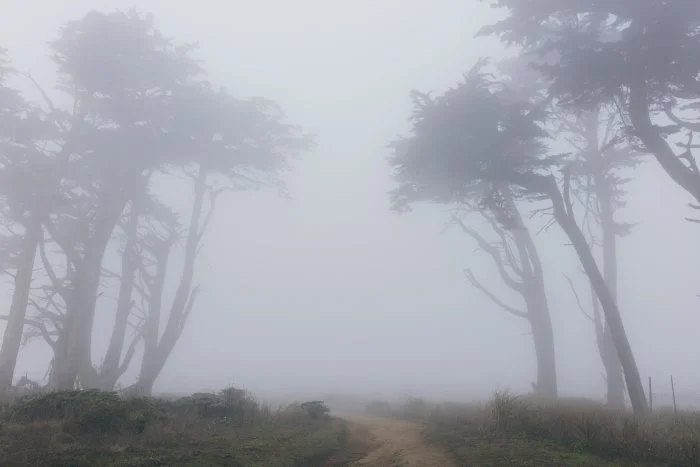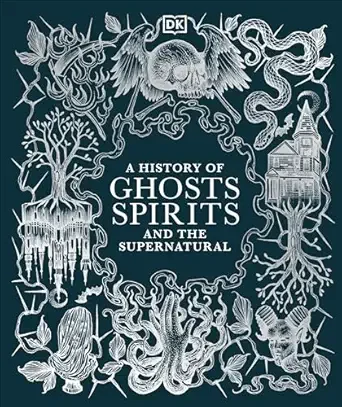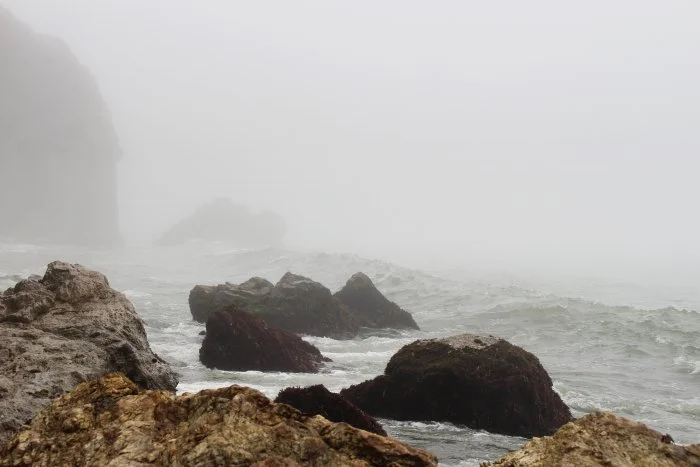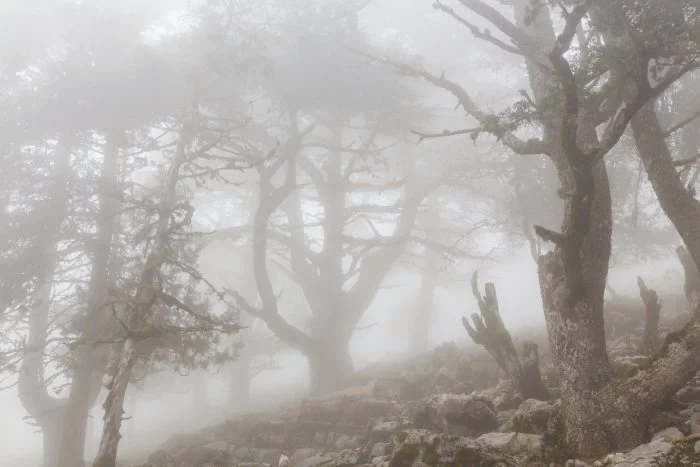The History of Halloween
“Listen to them—the children of the night. What music they make!”
— Bram Stoker, Dracula
Ghosts in the Pines and Along the Shore
October drifts in like a soft, briny breeze along the coast and a chill through mountain pines. Leaves, copper and amber, drift across boardwalks and forest trails. Somewhere, a raven croaks, and somewhere else, a fire crackles in a mountain cabin. It is a night where stories linger, shadows stretch, and the veil between the ordinary and the unseen grows thin. Halloween is not merely a holiday—it is a centuries-old conversation between the living, the departed, and the landscapes we call home.
History Channel: The Frightening Pagan History of Halloween
Samhain: When the Forest Whispers
Long before carved pumpkins glowed on stoops, the Celts of Ireland and Scotland observed Samhain, marking the end of harvest. Fires atop hills guided wandering souls, and masks were worn to confuse spirits roaming among the living.
Side Note: "The spirits are neither cruel nor kind," an old storyteller said while we walked a foggy mountain trail. "They are simply present, watching us as we watch them." In a remote cabin in the Adirondacks, families still light a single candle in each window to honor those who walked the same forests centuries ago.
Along the Maine coast, fishermen leave lanterns at the edge of fog-shrouded docks, guiding spirits and lost sailors alike. The fog, salt, and whispering waves form a landscape both protective and mysterious, as if the world itself remembers Halloween’s ancient magic.
A History of Ghosts, Spirits and the Supernatural
All Hallows’ Eve: A Festival of Thresholds
When Christianity spread, Samhain became All Hallows’ Eve, merging pagan ritual with church observance. Candlelight flickered on windows, prayers rose for the departed, and children offered songs or small treats—a medieval precursor to modern trick-or-treating.
Side Note: "We didn’t need much—just the docks, the fire, and the thrill of pretending the shadows were alive," recalls a Maine octogenarian. Inland, Appalachian families bobbed for apples beside the hearth, telling stories of ghosts in the pines. The night became a shared experience, uniting community, memory, and imagination.
Across Mountains and Seas
By the 19th century, Halloween migrated to the New World with Irish and Scottish immigrants. Coastal children dressed as specters ran along fog-draped streets, while inland, forests and cornfields became playgrounds of imagination and mischief.
Side Note: "On Halloween, even the mountains remember us," said a Vermont innkeeper. Along Maine’s rocky shores, an old fisherman added, "The sea itself gets into the spirit—ghosts are just another kind of tide." From piers to hollows, Halloween was never just about fright—it was about reflection and connection to the land, the sea, and the spirits who came before.
Symbols of the Night
The pumpkin, carved to ward off spirits, became a fixture of doors and windows. Witches, skeletons, and ghosts crept into stories, a reminder that mortality and whimsy often walk hand in hand.
In Vermont, mountain families host storytelling nights by the hearth, recounting shadowy figures slipping between birches. In Oregon, children watch glowing pumpkins on a deck, imagining travelers long gone. Along Maine piers, pumpkins bob in the tide, faces flickering against the water as if acknowledging unseen companions. Lanterns and candlelight serve as whispers of the past, guiding both imagination and memory.
Modern Halloween: Coastal and Mountain Reflections
Today, Halloween is both spectacle and reverie. Haunted trails and corn mazes draw visitors, yet in secluded coastal and mountain corners, the holiday retains its subtle magic. Ghost stories linger in inns, barns, and lighthouses; pumpkin lights flicker in windows, guiding both children and wandering spirits alike.
Side Note: A lighthouse keeper on the Outer Banks said, "The light keeps them from crashing, but the night still lets them roam." On mountain decks and along piers, families lean close to hear tales of lost hikers, wandering sailors, and shadowy figures that linger long after the story ends. Halloween is not fear—it is imagination, connection, and respect for the unseen.





